"By three o'clock, large flocks of mallards began
to leave the lake and prairies and headed east and southeast for the river and
refuge from the stinging blasts of wind and snow. The bands of waterfowl sensed
that this was the end for them at this latitude," wrote William C.
Hazelton in Days Among the Ducks.
Actually, the ducks Hazelton described "sensed"
key changes in their environment long before the December blast ultimately
pushed them southward. While a dramatic change in weather was the immediate
signal for the birds to find food and habitat elsewhere, the internal clock
that determined their departure was set months before by the gradual
lengthening of spring daylight.
Among waterfowl, regular seasonal movements (i.e.,
migration) are driven by changing photoperiod, the relative length of day and
night during a 24-hour period. As a result, migration is physiologically
"hard-wired" in waterfowl and other migratory birds. Beginning in
spring, increasing day length affects hormone response and starts the clock
ticking. Accumulation of fat, migration, breeding, and the molt follow in
succession over the next weeks and months.
The prompt for fall migration is not as clear but is most
likely related to the timing of reproductive events and molting. The result,
however, is just as predictable. During a period of long days with gradually
decreasing daylight, birds again accumulate fat reserves for migration and
become restless—in a behavior known as zugunruhe—setting the stage for
their departure south.
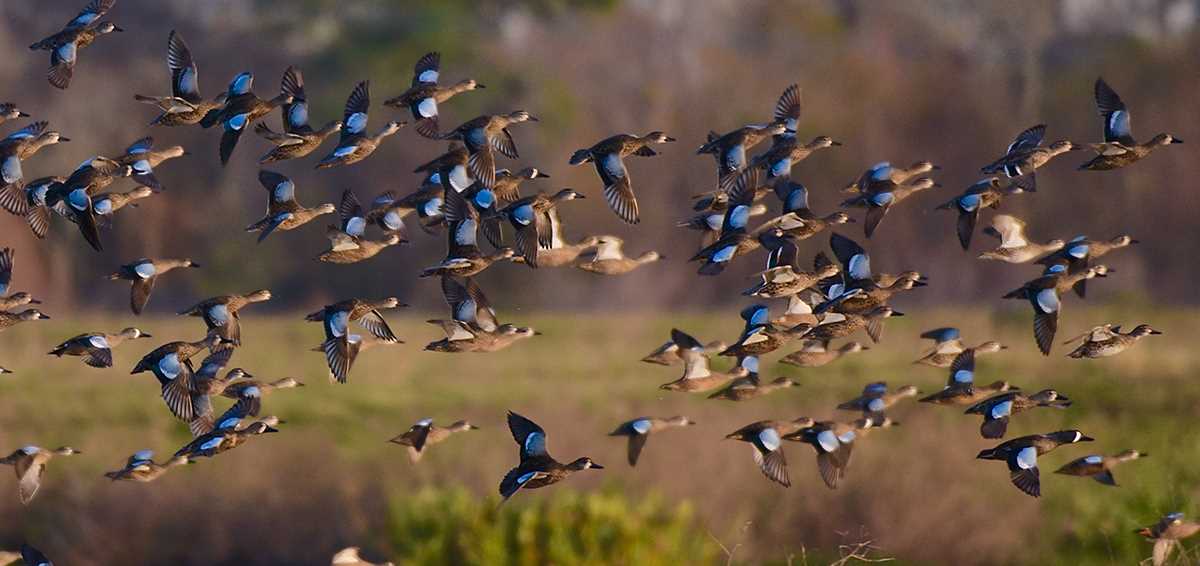









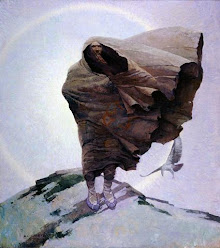













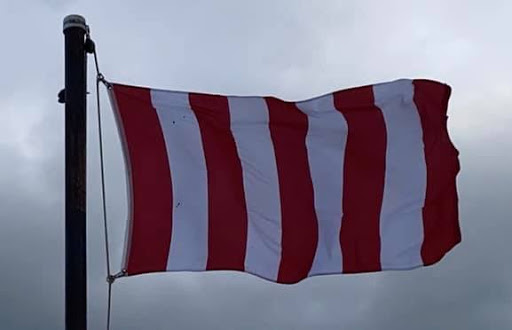
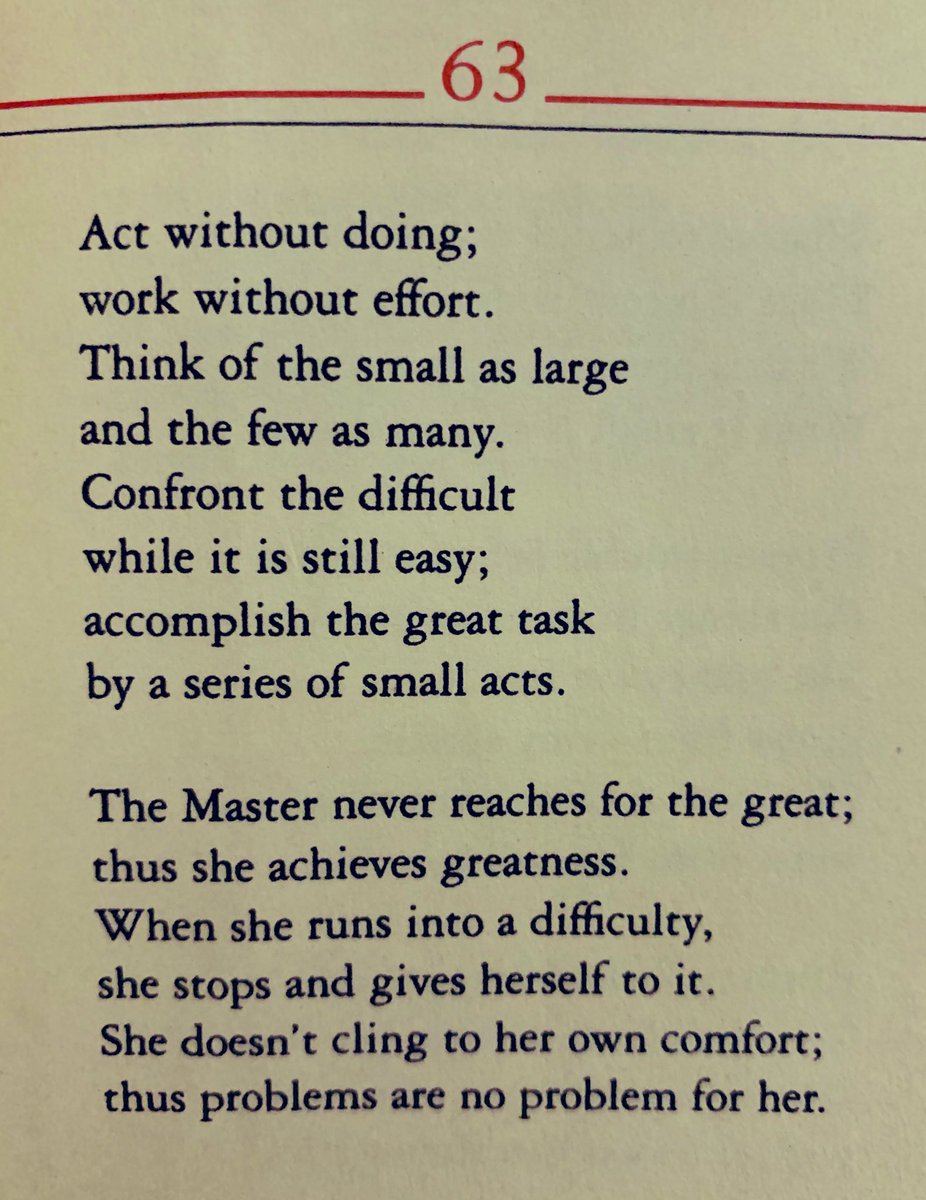









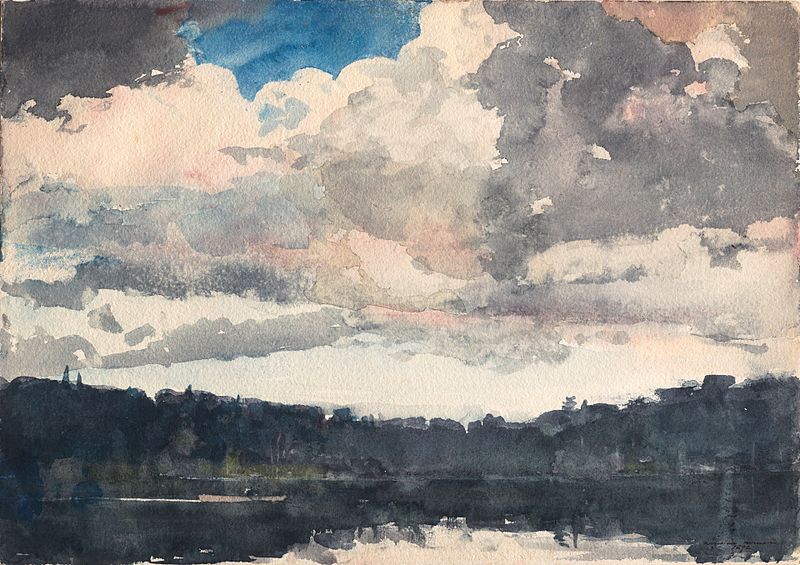





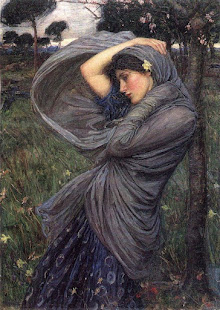














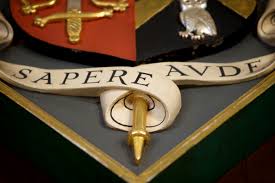






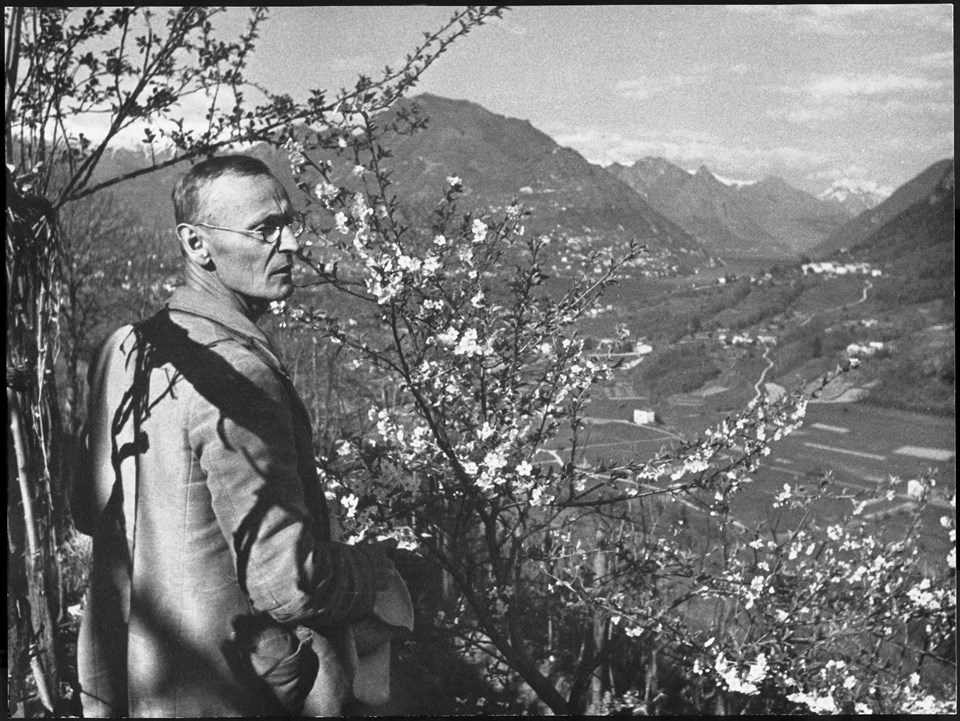


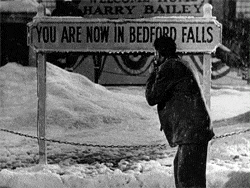







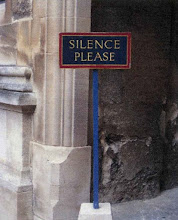









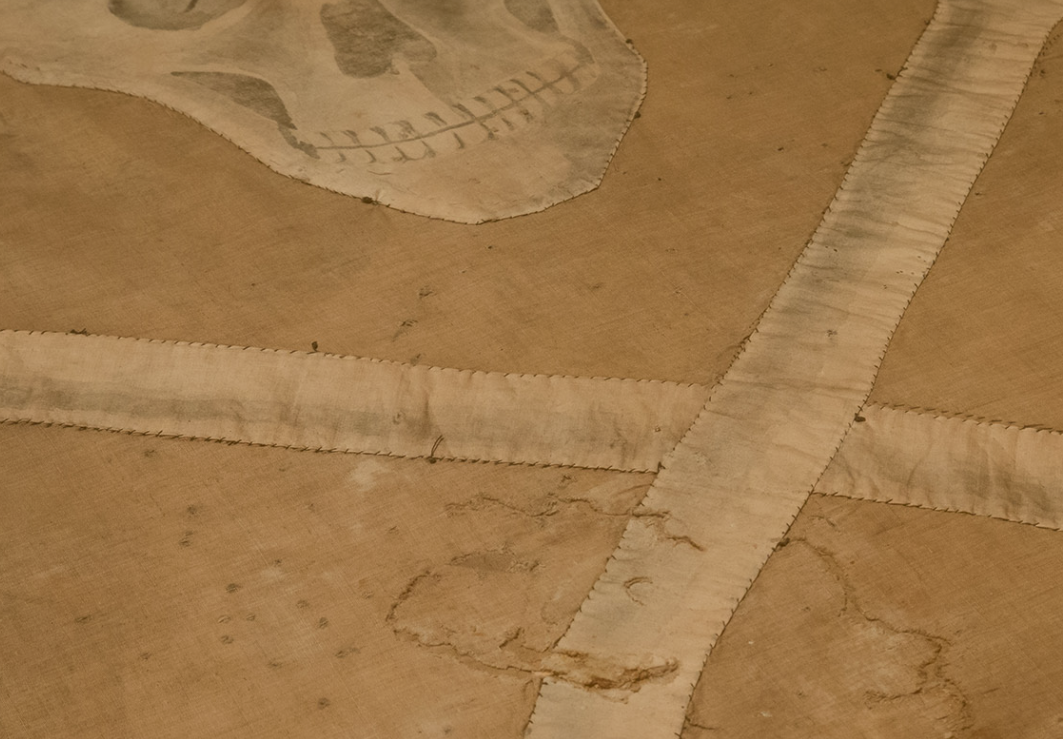


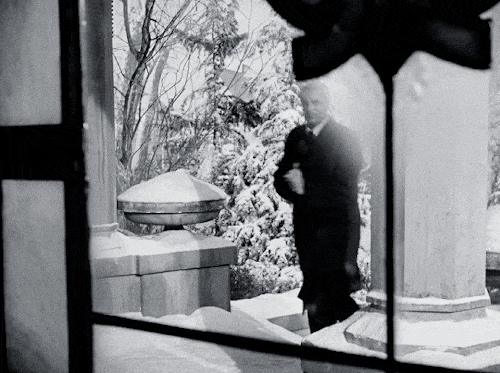


















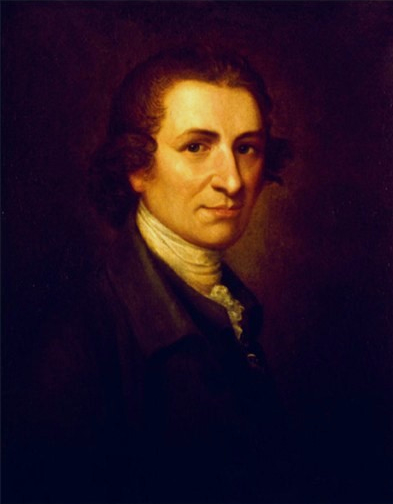


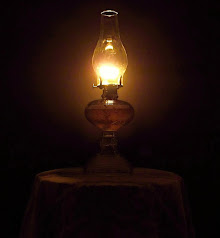



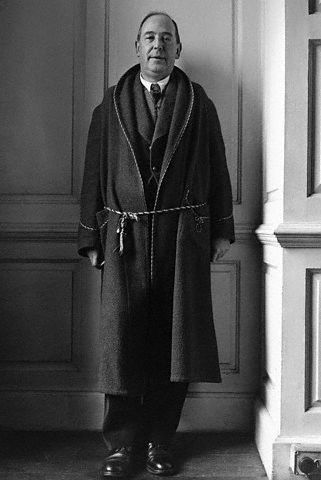



No comments:
Post a Comment